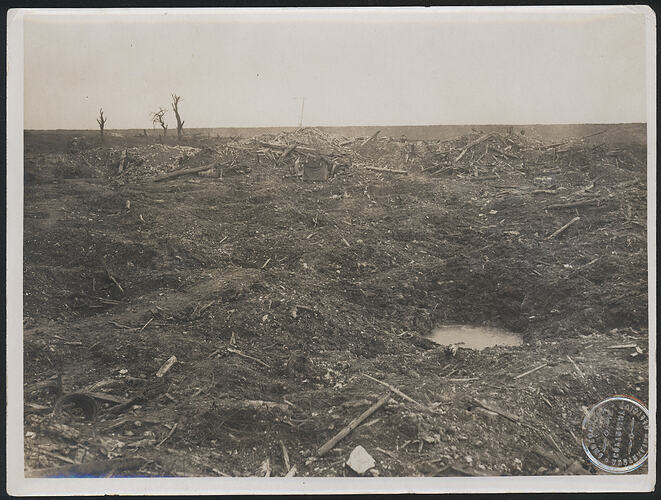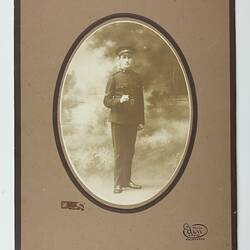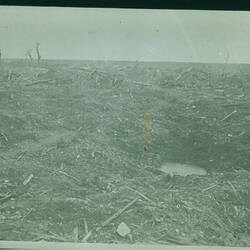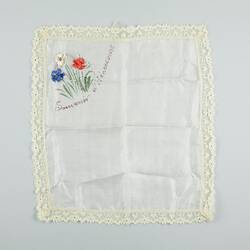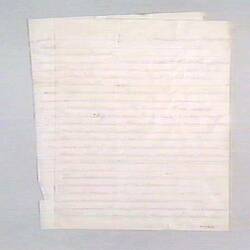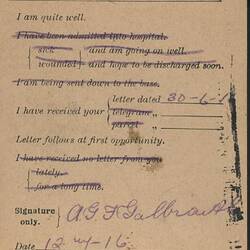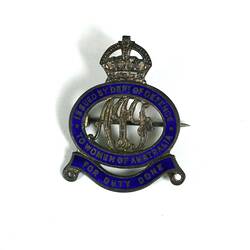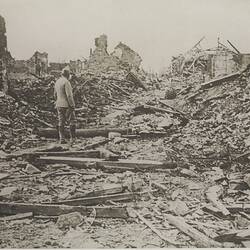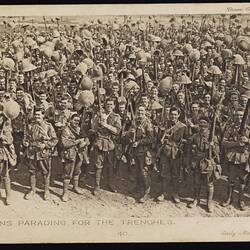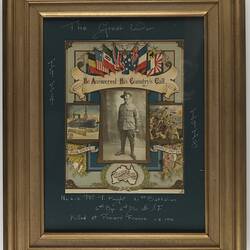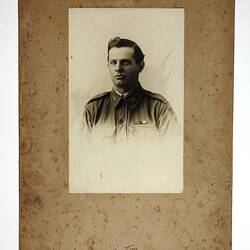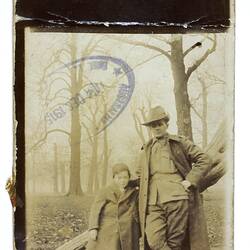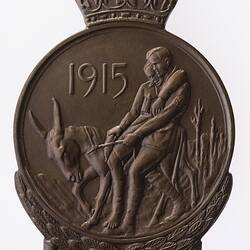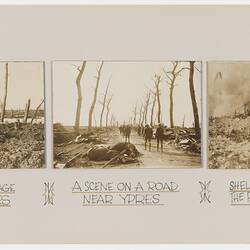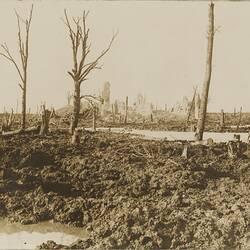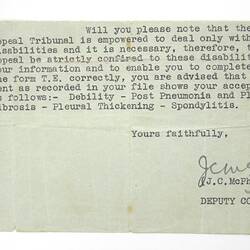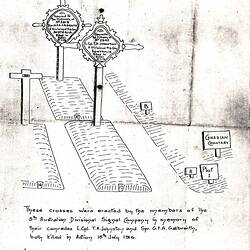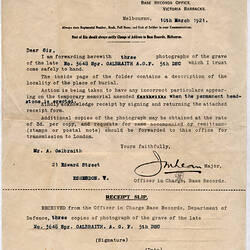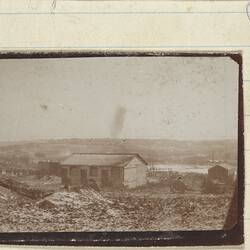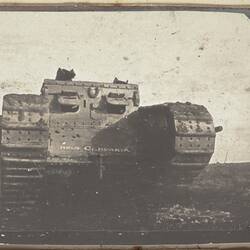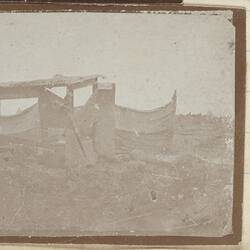Summary
The Battle of the Somme (1st July - 18th November 1916) is acutely remembered as one of the most costly battles within one of the most destructive wars (World War I) of all time. As the Centenary approaches in 2016, the collection items held by Museum Victoria are highlighted, particularly relating to Australian service in France, Belgium and the homefront.
'We live in a world of Somme mud. We sleep in it, work in it, fight in it, wade in it and many of us die in it.' Private Edward Francis Lynch, 45 Battalion, 4th Division AIF, 1916.
The Battle of the Somme (Somme Offensive) saw the allied forces of Australia, Britain and France push forward against the German Imperial Force in a series of battles that inched the Allies north over the summer and autumn of 1916. From July until November, a mere 10 kilometres of ground was gained at a cost never before seen in the history of warfare.
For Australian soldiers who had recently been in the Middle East, the first sight of the green farmlands of France was a relief. As they moved closer to the front, however, the bitter reality of battle on the Western Front became clear. With the approach of colder weather life became even harder, and those who endured the Somme of 1916 remember near-freezing weather and plains of deep mud. Troops on either side battled to supply their front line with food, munitions and medical treatments - meanwhile the mud and trench warfare meant simple tasks of communication became deathly gambits. Some of the most dangerous roles on the front included message runners, ammunition and water suppliers, and stretcher bearers. Men moving along the tops of trenches or venturing into no-man's land were vulnerable to mass shelling and machine-gun fire.
Australia paid a terrible cost for its involvement at the Somme. After massive casualties north at Fromelles on 19-20 July (an unsuccessful attempt to draw German troops away from the Somme Offensive), fighting at Pozieres and Mouquet Farm from 23 July to 3 September cost the First, Second and Fourth Australian Divisions some 23,000 wounded and 6,800 killed. Losses by other nations were even higher. On the first day of the Somme Offensive, the British army suffered 57,470 casualties including 19, 240 deaths. German losses on that day were estimated at 4,000 casualties and 2,000 captured; in total Germany lost an estimated 650,000 men during the Offensive.
These high loses were in part due to the rapid mechanisation of World War I weapons. At the beginning of World War I, Germany possessed 1,200 machine guns. By July 1916, and the Somme Offensive, 11,000 machine guns were trained at the Allied forces. Each side raced to create larger and heavier-class weapons, such as British tanks and 420mm heavy German guns. The power of these enormous weapons was almost useless as they could barely be dragged, by horse, men or rail, through the Somme mud.
As the terrible costs of the Somme mounted, both sides made significant changes to their commanders, tactics and strategies. In many ways, the Battle marked a watershed in World War I.
For tens of thousands of front-line soldiers, the Battle of the Somme was also a watershed. As the French landscape was destroyed, many soldiers poignantly captured what they saw in photographs. As a way to cope, and to communicate with loved ones back home, many Australians documented their experience through diaries, letters and souvenirs. The tone and detail of these changed as their war experience continued.
Museum Victoria's collection of Somme memorabilia is typified by personal items - especially those worn or carried through the war, or which document an individual war experience. While military censorship reigned strong and restricted what could be sent home during 1914-1918, these items allow a personal and moving insight into life in the Somme Offensive. For many, these battles would continue on, reaching the home front and civilian life in deep ways.
References
'Australians in War', Australian War Memorial, London, website: http://www.awmlondon.gov.au/australians-in-wwi (accessed 20/01/2016)
'World War I 1914-1918', Australian War Memorial, Canberra, website: https://www.awm.gov.au/atwar/ (accessed 20/01/2016)
Beaumont, J. (Ed.) (1995) Australia's War, 1914-1918. St. Leonard's, NSW: Allen & Unwin.
Butler, J. (2013) Kitty's War. Queensland: University of Queensland Press.
Carlyon, L. (2006) The Great War. Sydney: Pan Macmillan Australia.
Lynch, E. P. F. (2008) (2nd edn.) Somme Mud. Sydney: Random House. p.73.
Monash, General Sir J. (2009) The Australian Victories in France 1918. East Sussex: Naval & Military Press. Vol. 1-2.
Mulcahy, G.P. (1916) 'WWI Diary of Corporal Gilbert Payne Mulcahy, Volume 1, Gallipoli and France'. Museum Victoria Military Collection, Object No: ST 037404. Entries dated 25/03/1916-26/03/1916.
The National Archives of Australia, WWI Service Records, Series B245. Various records.
The Public Records Office of Victoria, Soldier-Settler Records online. Website: http://soldiersettlement.prov.vic.gov.au/ (accessed 20/02/2016)
More Information
-
Keywords
Australian Army, Australians at war, Commemorations, World War I, 1914-1918
-
Localities
-
Authors
-
Article types
